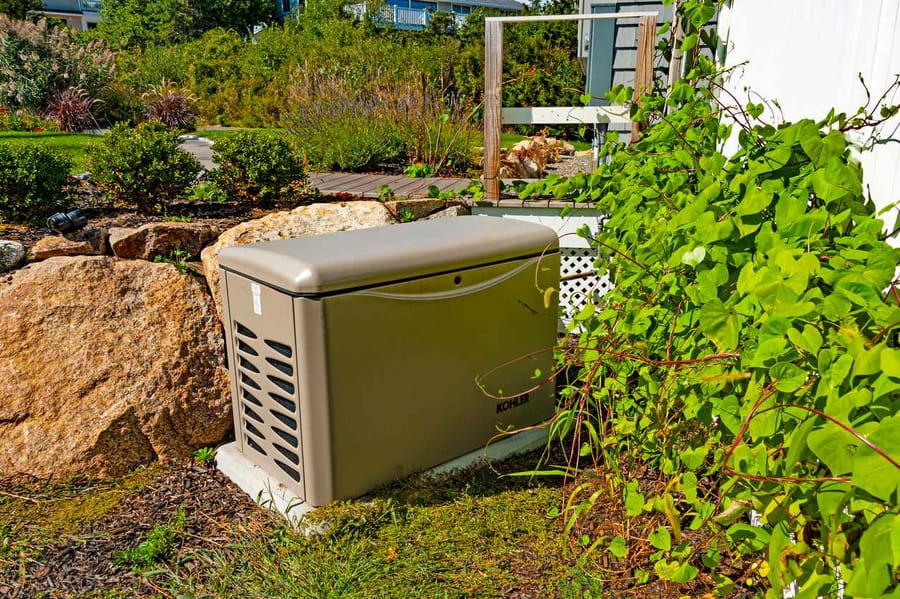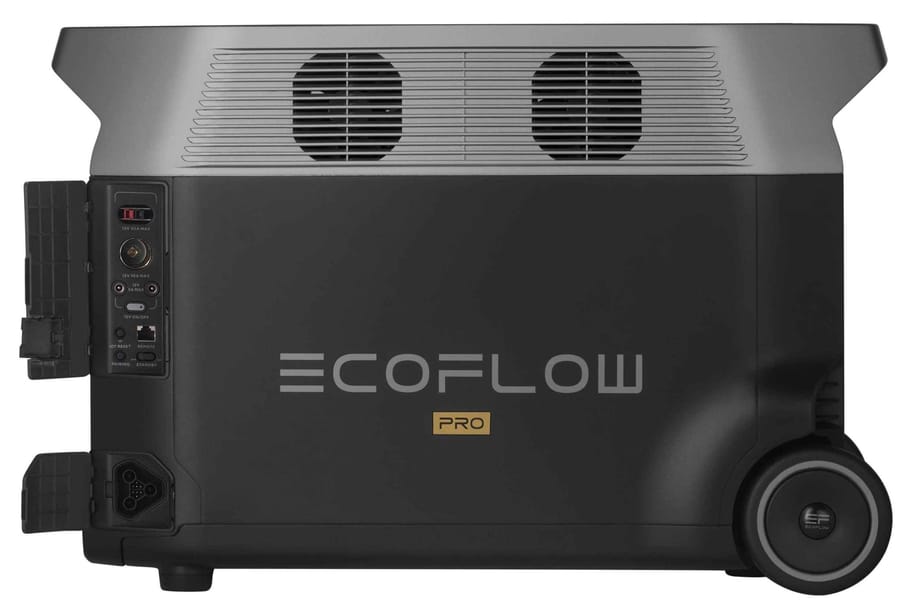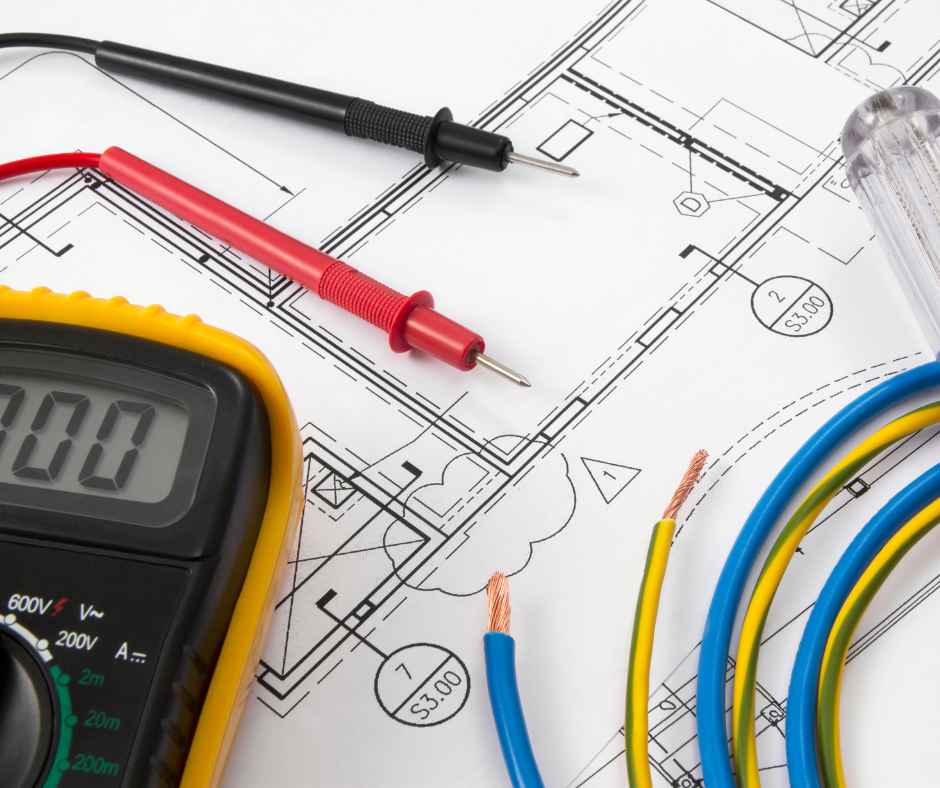Preparing Your Historic Annapolis Home for Modern Backup Power: Challenges & Solutions for Older Wiring, Generators, and Manual Transfer Switches

Historic Annapolis homes are known for their charm, character, and craftsmanship, but their aging electrical systems are often not prepared for today’s increasing number of power outages. From coastal storms to grid strain during extreme weather, Maryland homeowners are turning to backup power solutions to keep essential systems running. For owners of historic properties, however, installing a generator is not as simple as plugging in modern equipment.
Older wiring, limited electrical capacity, and decades old panels can make backup power installations more complex and potentially unsafe without the right upgrades. Many historic homes were built long before large appliances, HVAC systems, and high demand electrical devices existed. As a result, they need careful planning and specialized electrical work to support generators and manual transfer switches safely.
This guide explains the unique challenges of preparing a historic Annapolis home for modern backup power and offers practical solutions that maintain safety, preserve your home’s original features, and ensure reliable electricity during outages. With the right approach, you can protect your home, your family, and your investment without sacrificing the historic integrity that makes your property unique.
The Unique Electrical Challenges in Historic Annapolis Homes
Historic Annapolis homes offer timeless charm, but behind the walls, many still rely on electrical systems that were never designed for today’s technology or modern backup power solutions. Before adding a generator or transfer switch, homeowners must understand how outdated wiring and older components impact safety, performance, and compatibility.
Aging Wiring Systems Such as Knob and Tube or Early Romex
Many historic homes still contain original knob and tube wiring or early versions of Romex. These systems:
-
Lack grounding
-
Are prone to insulation breakdown
-
Cannot handle today’s electrical loads
-
Pose a higher risk of overheating
Backup power systems require stable, modern wiring to operate safely, making upgrades essential for many older homes.
Limited Electrical Capacity Not Designed for Modern Loads
Older electrical panels often provide only 60 to 100 amps of total capacity, which is far below what most homes require today. When you add a generator, especially a standby system, the panel must be capable of accepting the load. Limited capacity can:
-
Overload circuits
-
Trip breakers frequently
-
Reduce generator effectiveness
Upgrading to a larger panel is often necessary before integrating backup power.
Inconsistent Grounding or Lack of Grounding Altogether
Grounding is a critical component of modern electrical safety. Many historic Annapolis homes have little or no grounding, which increases the risk of:
-
Electrical shock
-
Fire hazards
-
Damage to sensitive electronics
-
Unsafe generator operation
Proper grounding must be established before a manual transfer switch or generator is installed.
Preservation Restrictions Affecting Electrical Upgrades
Historic districts in Annapolis may restrict certain exterior modifications, equipment placement, or visible wiring changes. This can impact:
-
Generator location
-
Conduit installation
-
Exterior venting and fuel access
-
Panel upgrades or meter replacements
A licensed electrician familiar with local preservation guidelines can help navigate these requirements without compromising your home’s appearance.
Why Backup Power Matters More for Older Homes
Historic Annapolis homes are especially vulnerable during power outages. Their age, construction style, and limited electrical infrastructure make backup power not only convenient, but essential for protecting the home’s structure, systems, and valuable contents.
Higher Risk During Storms and Coastal Outages
Annapolis experiences strong coastal storms, high winds, and heavy rainfall that frequently lead to downed lines and extended outages. In historic homes, even short outages can create problems due to older wiring, outdated appliances, or sensitive systems that rely on consistent electricity.
Protecting Sensitive Antiques and Household Systems
Many older homes contain valuable antiques, original built-ins, and older woodwork that can be damaged by humidity changes caused by outages. Maintaining electrical power helps keep HVAC and dehumidification systems operating, protecting:
-
Hardwood floors
-
Furniture
-
Artwork
-
Archival materials
Backup power reduces the risk of moisture related deterioration.
Keeping Sump Pumps and HVAC Running in Older Foundations
Historic Annapolis homes often have older stone or brick foundations that are more prone to moisture intrusion. Without power:
-
Sump pumps stop working
-
Humidity rises quickly
-
Basements can flood within hours
Backup generators help keep these critical systems running during storms.
Preventing Moisture, Mold, and Water Intrusion After Power Loss
Older homes often have less insulation and natural ventilation, causing heat and moisture levels to shift dramatically without power. This can accelerate:
-
Mold growth
-
Wood swelling
-
Damage to plaster walls
-
Unhealthy indoor air conditions
Backup power helps maintain a stable environment, preventing expensive damage and preserving the home’s historic integrity.
Generator Options Compatible With Historic Homes
Historic Annapolis homes require carefully selected backup power solutions that balance safety, performance, and preservation requirements. While both portable and standby generators are viable options, the right choice depends on your home’s electrical capacity, wiring condition, and local guidelines.
Portable Generators and When They Are Appropriate
Portable generators can be a practical option for older homes with limited electrical capacity or restricted areas. Benefits include:
-
Lower upfront cost
-
Flexibility in usage
-
Ability to power essential circuits through a manual transfer switch
However, portable generators require proper ventilation, safe fuel storage, and careful manual operation, which may not be practical for all homeowners.
Standby Generators for Uninterrupted Power
Standby generators offer the most reliable solution for historic homes, especially those needing uninterrupted power for HVAC, sump pumps, and refrigeration. Standby systems:
-
Start automatically during outages
-
Provide consistent power to selected circuits
-
Offer higher wattage for large appliances
These systems are ideal for homes that require year round environmental control to protect valuable materials or prevent moisture issues.
Considerations for Fuel Type and Noise Levels
Historic neighborhoods often have aesthetic or noise related restrictions. Homeowners must consider:
-
Natural gas availability
-
Propane tank placement
-
Noise output levels
-
Local regulations on equipment location
Choosing a quiet, efficient generator that blends into the property helps maintain historic charm while ensuring reliable power.
The Role of Manual Transfer Switches in Older Homes
For historic Annapolis homes with aging wiring or limited electrical capacity, manual transfer switches play a critical role in ensuring that backup generators operate safely. These devices help older electrical systems handle temporary power without creating safety hazards or damaging fragile wiring.
Why Older Electrical Systems Require a Safe Transfer Mechanism
Historic homes often contain outdated or partially upgraded wiring that was never designed for modern power loads. Without a transfer switch, connecting a generator directly to a home’s electrical system can cause:
-
Dangerous backfeeding
-
Overloaded circuits
-
Fire hazards
-
Damage to sensitive electronics
A manual transfer switch creates a safe and controlled point where generator power can enter the home without risking electrical instability.
Preventing Backfeeding and Fire Hazards
Backfeeding occurs when generator electricity flows back into the utility lines. This is extremely dangerous because it can:
-
Electrocute utility workers
-
Damage the generator
-
Create fires within aging wiring
-
Overload thin or brittle circuits common in historic homes
A manual transfer switch completely isolates generator power from the utility grid, eliminating the risk of backfeed.
Choosing the Right Size and Configuration for Limited Circuits
Because older Annapolis homes often have fewer circuits available, homeowners must choose which areas receive backup power. Manual transfer switches allow you to prioritize essential circuits such as:
-
Refrigeration
-
Sump pumps
-
Medical equipment
-
Heating systems
-
Key lighting or outlets
This selective approach ensures safe operation without overwhelming outdated wiring or small electrical panels.
Manual Switch vs Automatic Transfer for Historic Properties
While automatic transfer switches offer seamless power restoration, they are not always the best match for older electrical systems. Manual transfer switches are often preferred for historic homes because:
-
They are less intrusive to install
-
They place fewer demands on limited electrical capacity
-
They offer better compatibility with older circuits
-
They avoid costly panel or system upgrades when full automation is not needed
For many historic homes, a manual transfer switch provides a safer, more budget friendly, and preservation friendly solution for generator integration.
Upgrading Outdated Wiring for Modern Backup Power
Historic Annapolis homes often contain wiring systems that were installed decades ago and cannot safely support the demands of modern appliances or backup power systems. Before adding a generator or transfer switch, it is important to upgrade critical areas of the electrical system to prevent fire hazards, overloaded circuits, and equipment failure.
Identifying Unsafe or Obsolete Wiring
Older homes may still have:
-
Knob and tube wiring
-
Cloth insulated wiring
-
Aluminum branch circuits
-
Aging, brittle insulation
These materials break down over time and become hazardous when exposed to the electrical load produced by generators. A professional inspection helps identify which sections need repair or replacement.
Adding Grounded Circuits Where Needed
Many older homes lack proper grounding, which increases the risk of:
-
Electrical shock
-
Fire hazards
-
Damage to electronics during outages
-
Unsafe generator connection
Installing grounded circuits ensures a safe path for excess electricity and protects both the home and the generator system.
Increasing Panel Capacity to Support Generators
Electrical panels in historic homes often provide only 60 to 100 amps of service, which is not enough to support modern usage or backup power. Upgrading the panel may be necessary to:
-
Accommodate higher generator capacity
-
Support additional circuits
-
Improve home safety and compliance
-
Prevent overloads during outages
A panel upgrade ensures your home can safely receive generator power without risk of overheating or tripping.
Maintaining Safety While Respecting Historic Features
Electrical upgrades in historic homes must be performed carefully to preserve architectural details such as:
-
Original woodwork
-
Plaster walls
-
Decorative moldings
-
Exposed beams
Skilled electricians can hide wiring within existing cavities, use period appropriate materials, and meet preservation guidelines while still bringing your home’s electrical system up to modern standards.
Protect Your Historic Annapolis Home With Safe, Dependable Backup Power
Historic homes in Annapolis offer beauty and character that newer properties cannot replicate, but their aging electrical systems require special care when preparing for modern backup power. Older wiring, limited panel capacity, and preservation restrictions all add complexity, but with the right upgrades and planning, you can safely integrate a generator and manual transfer switch without compromising your home’s historic integrity.
By recognizing the unique challenges of older electrical systems and addressing wiring, grounding, and capacity issues in advance, you ensure that your home stays protected during storms, outages, and extreme weather. Backup power not only keeps essential systems running but also helps prevent moisture problems, foundation flooding, and damage to valuable materials inside the home.
If you want to ensure your historic Annapolis home is ready for a modern backup power system, Chesapeake Electric is here to guide you. Our team specializes in safe, preservation friendly electrical upgrades designed specifically for older homes. From wiring and panel improvements to generator and manual transfer switch installations, we help you prepare with confidence.
Schedule your historic home electrical assessment today and get peace of mind before the next outage hits.
Recent Posts

November 21, 2025

November 21, 2025

October 29, 2025

October 29, 2025

October 29, 2025

September 26, 2025

September 18, 2025
